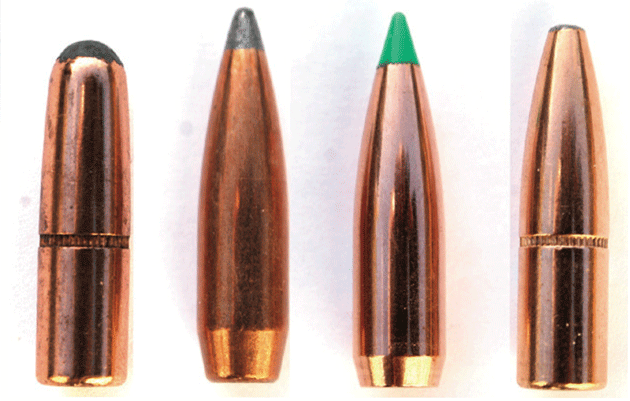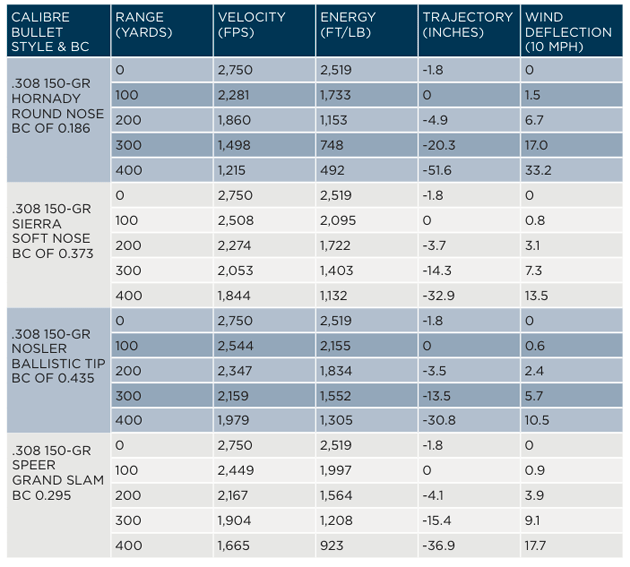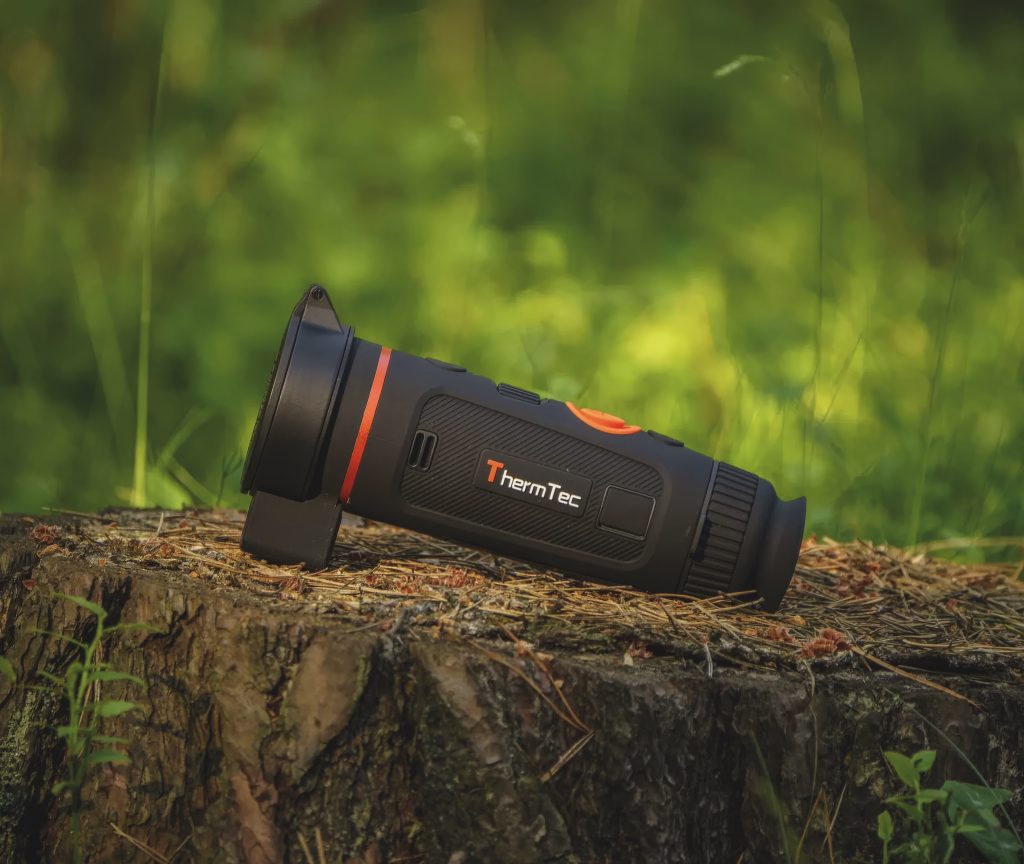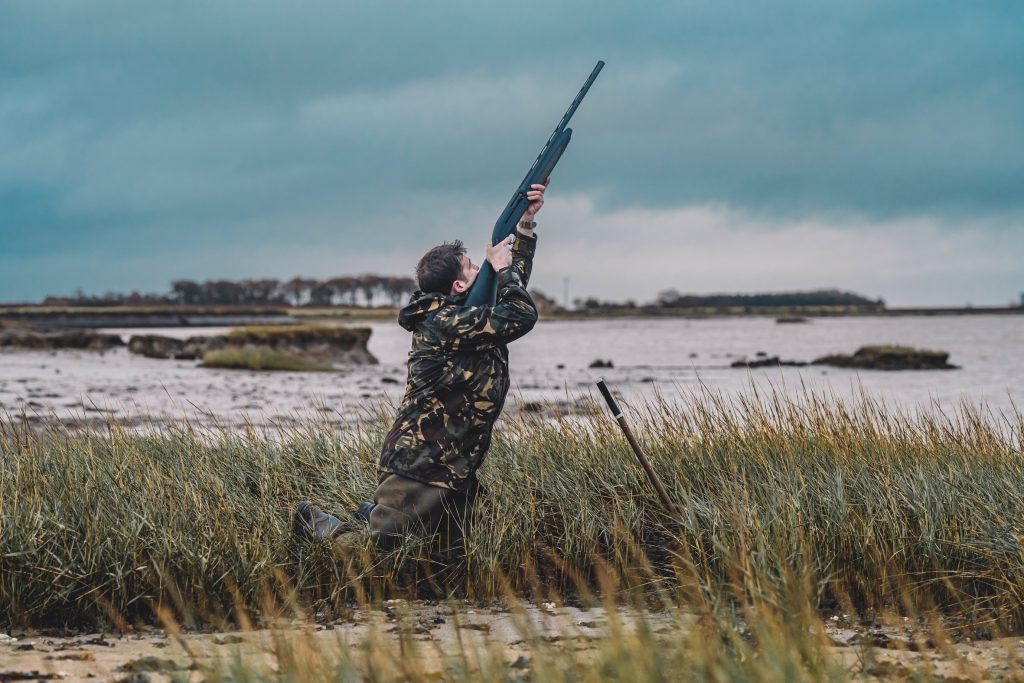Win CENS ProFlex DX5 earplugs worth £1,149 – enter here
Choosing the right bullets for deer stalking
Stalkers have an abundance of bullets to choose from, but how do you select the right one? Bruce Potts outlines what you need to consider
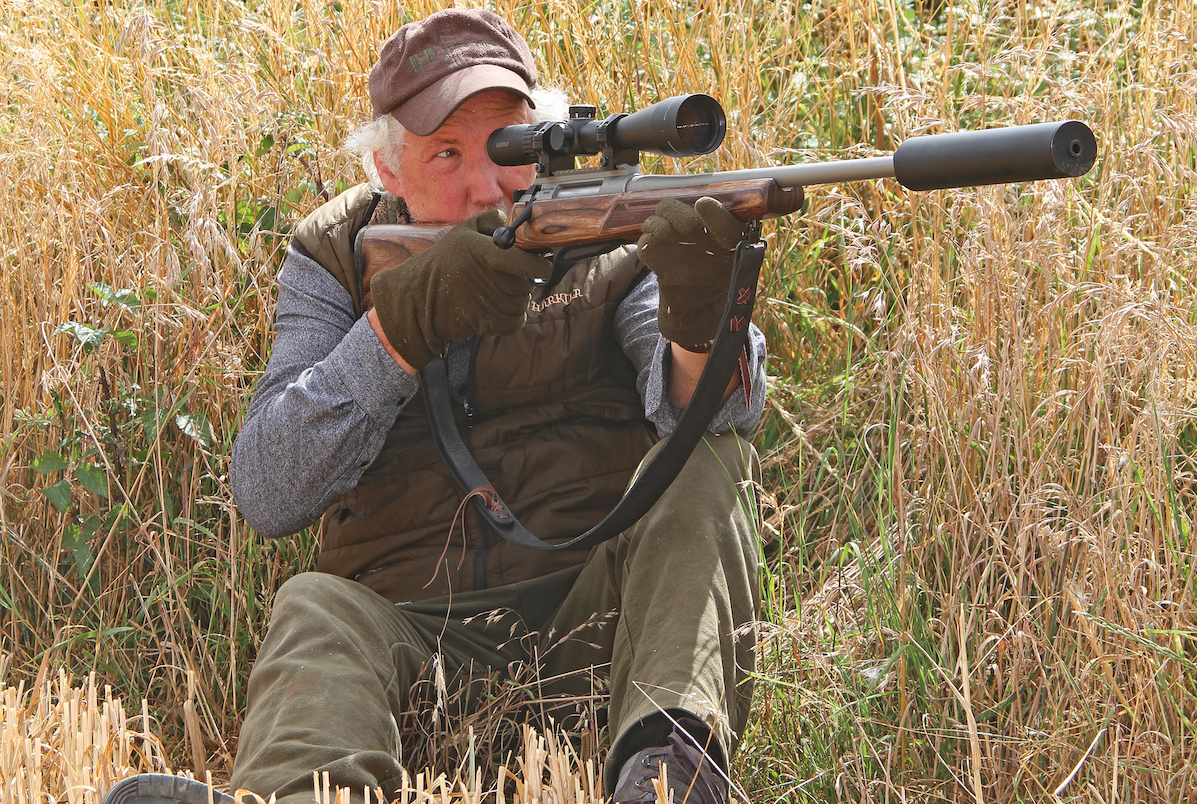 I tucked myself into the field margin at day break, it was hot! and soon a pair of rutting roe emerging from cover and a heart shot concluded the stalk. I tucked myself into the field margin at day break, it was hot! and soon a pair of rutting roe emerging from cover and a heart shot concluded the stalk.
I tucked myself into the field margin at day break, it was hot! and soon a pair of rutting roe emerging from cover and a heart shot concluded the stalk. I tucked myself into the field margin at day break, it was hot! and soon a pair of rutting roe emerging from cover and a heart shot concluded the stalk.
Choosing the right bullets for deer stalking or projectile is key. It’s crucial to match the bullet to the game you wish to hunt and with deer stalking there is also a legal requirement on type. (Read our guide to what to wear deer stalking.)
How you connect with your prey is your most important choice – ahead of the deer stalking rifle you use and the scope. (Read popular rifles for deer stalking.)
Match the bullets to your quarry
Match bullets for deer stalking to the game you plan to shoot
Getting this correct is vital or you will risk:
- Inadequate penetration
- Poor bullet expansion
- Too much expansion which will result in surface wounds only.
Choose your bullet because you can rely on it to achieve humane, first-shot kills when it leaves the muzzle.
Don’t choose it because it’s fashionable or fast.
For all deer species, a predictable expanding bullet is necessary for maximum energy transfer from the projectile to the game, ensuring it is lethal. (Read our guide to deer species here.)
However not all expanding bullets perform the same way.
A deer round is different
No bullet offers the dream solution – but a carefully chosen type will be effective. A fox round is usually travelling very fast and needs to penetrate only softer body tissue, so a rapidly-expanding bullet is quite adequate. But a deer round is different — it needs to penetrate deeper into the body cavity and then expand sufficiently to cause death.
This demands a lot of the bullet and much depends on the size of the quarry and the range at which the deer is engaged. Here, the ability to reload can be an enormous advantage over factory loads because you can use one bullet type for all deer while loading the velocity accordingly to suit the species’ size. However, most factory loadings now offer a vast array of differing bullets and speeds and can be a better fuss-free alternative.
When shooting at the head or neck, a fast, frangible bullet is best to disrupt tissue instantly. By comparison, the classic heart/lung shot calls for a slower- expanding bullet that penetrates the hide and possibly the ribcage and then continues to expand, causing internal hydrostatic and mechanical tissue damage as it imparts all that stored energy within the bullet before exiting. This will be lethal if the round is placed correctly.
View this post on Instagram
The difference between different bullet types explained
Hollowpoint
The front section of the bullet is open with a void beneath, which allows the copper jacket to rupture and the lead core to expand. How “hollow” it is depends on application and the manufacturer. If it is too hollow, with a thin side-wall, the bullet will expand too quickly.
Soft nose
Conventional soft-point bullets have the lead core exposed at the tip, which starts the bullet expansion. They can be flat, round or spitzer design, which can make a big difference down range — as the data will show.
Ballistic tips
Nosler has designed a polycarbonate- tipped bullet in both varmint (rapid expansion) and deer (predictable expansion construction). The polymer tip, colour-coded to match the calibre, resists deformation, retains ballistic coefficient in flight and starts the initial expansion on impact.
Barnes Triple-Shock X Bullet
This is a solid copper bullet design that penetrates deep and then expands. The copper eliminates core separation, and the nose section has a hollow cavity to enable expansion.
AccuBond
This bullet from Nosler combines a bonded lead core to prevent voids and to help concentricity and integrity on expansion. The polymer tip retains ballistic performance and expands predictably.
SST
This transition bullet from Hornady combines an aerodynamic design for superior flight with rapid expansion. They have a thick jacket and an interlock ring, which keeps the rear lead portion secure to drive the bullet home.
Grand Slam
This substantial bullet design by Speer is suitable for larger species of game. The flat base design has a protected soft nose to avoid damage. The nose section of the jacket has thin fluted sections to allow expansion. To avoid separation, the inner lead core is bonded to the copper jacket when the molten lead is poured into the bullet. Grand Slams hit hard but cause minimal meat damage.
Partition
A great bullet from Nosler, it has an integral partition of copper across its mid-section that allows the thinner front jacket to expand more quickly, while the shielded rear bullet section continues to drive forward unaffected. This allows deeper penetration.
Sectional density and ballistic coefficient
A bullet’s trajectory and terminal ballistics are governed by its ability to be aerodynamic or retain energy for effectiveness. Two factors influence this: sectional density and ballistic coefficiency.
Sectional Density (SD) is simply the bullet’s calibre or diameter in relation to its weight. This is obtained by dividing the bullet’s weight by the square of its diameter: a 150-gr .30 calibre bullet would be 0.226.
SD relates to a bullet’s ability to perform on game in relation to its penetrating abilities as all 150-gr .308 calibre bullets have the same SD regardless of shape.
A high SD is not the be all and end all however. It does not bear in mind the bullet’s internal construction and how it will expand on target, so you need to choose a bullet suitable for its end use.
Ballistic Coefficient (BC) is really a figure that tells a shooter how aerodynamic the bullet is — in other words its ability to overcome air resistance. It’s more difficult to work out a bullet’s BC than its SD. It is derived from a bullet’s ability to overcome air resistance when compared with a 1in boat tail spitzer standard ballistic form.
You can have a range of 150-gr .30 calibre bullets, each with an SD of 0.226, but their BC will all be different due to their differing shapes. Therefore, BC has more of an influence on trajectory due to the shape of the bullet.
C is a comparison between a standard model form and the bullet’s deceleration due to air resistance. It is not a constant figure and is influenced by velocity, changing as the bullet decelerates down range. On my computer I use the ballistic programmes QuickLOAD and QuickTARGET to give multiple BC values and exact trajectory curves that you can tape to your rifle’s stock.
Any bullet that has the same BC regardless of calibre and starts at the same velocity will have the same trajectory down range.
The BC goes up with more bullet weight and goes down with increased bullet diameter, but the reality is that a high BC may make a bullet’s trajectory better but it does not guarantee good accuracy.
Wondering about stag antlers? Here’s a guide to what the different number of points mean.
Results for different types of popular selling bullets
Here’s how the ballistic Coefficient can alter the velocity, energy and trajectory of bullets that are all the same weight and calibre:
This table shows clearly how to judge differences between different bullet shapes and how each affects the bullet’s performance in the field.
Judging the true performance of a bullet
It may sound complicated when talking about sectional density and ballistic coefficiency but these terms show the major differences between bullet shapes and the effect they have on performance. This should give an idea of what to expect from differently shaped bullets, though differing speeds, calibres and alternative bullet construction will alter the projectile’s performance, too.
When I test a new bullet — factory or reload — I test for accuracy, ballistics over a chronograph, and then test in ballistic putty. That way, I have all the bases covered and get a true indication of how a bullet really performs.
Choosing the right bullet for deer stalking
Look at the table above and you can see that the higher BC bullets, such as the Sierra Soft Nose and Nosler Ballistic Tip, have a better retention of energy down range and less drop and wind drift. This is good, but you may need a round nose bullet or Grand Slam for bigger game at close range where the blunter point and harder bullet construction penetrates deeper.
Use these figures to inform your choice. Make the right decision and your success at deer stalking will improve.
Remember
- All bullets are not equal and even the same weight or calibre will perform dramatically differently depending on their internal construction.
- Light, fast varmint bullets expand much quicker than slower, heavy deer bullets.
- Even the same bullet can behave differently at differing velocities, so check its suitability before you venture out into the field.
- The array of bullet types within the same calibre class can be daunting but careful selection and shooting will tell you which type suits your situation.
Related Articles
Get the latest news delivered direct to your door
Subscribe to Shooting Times & Country
Discover the ultimate companion for field sports enthusiasts with Shooting Times & Country Magazine, the UK’s leading weekly publication that has been at the forefront of shooting culture since 1882. Subscribers gain access to expert tips, comprehensive gear reviews, seasonal advice and a vibrant community of like-minded shooters.
Save on shop price when you subscribe with weekly issues featuring in-depth articles on gundog training, exclusive member offers and access to the digital back issue library. A Shooting Times & Country subscription is more than a magazine, don’t just read about the countryside; immerse yourself in its most authoritative and engaging publication.






